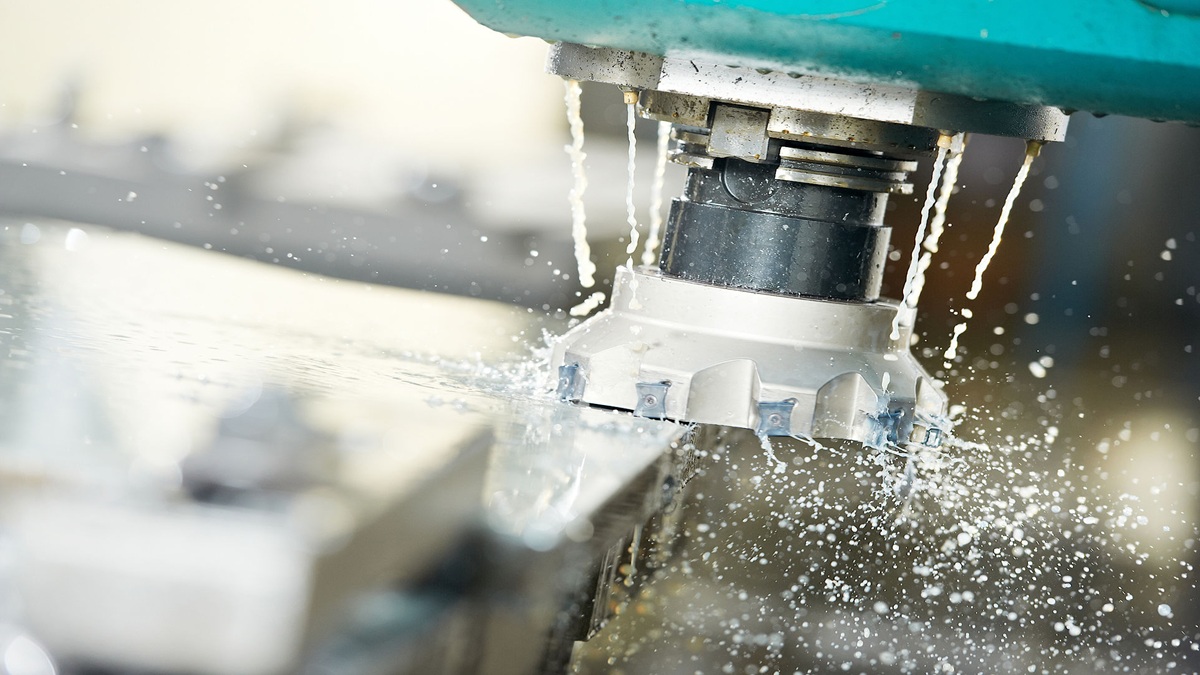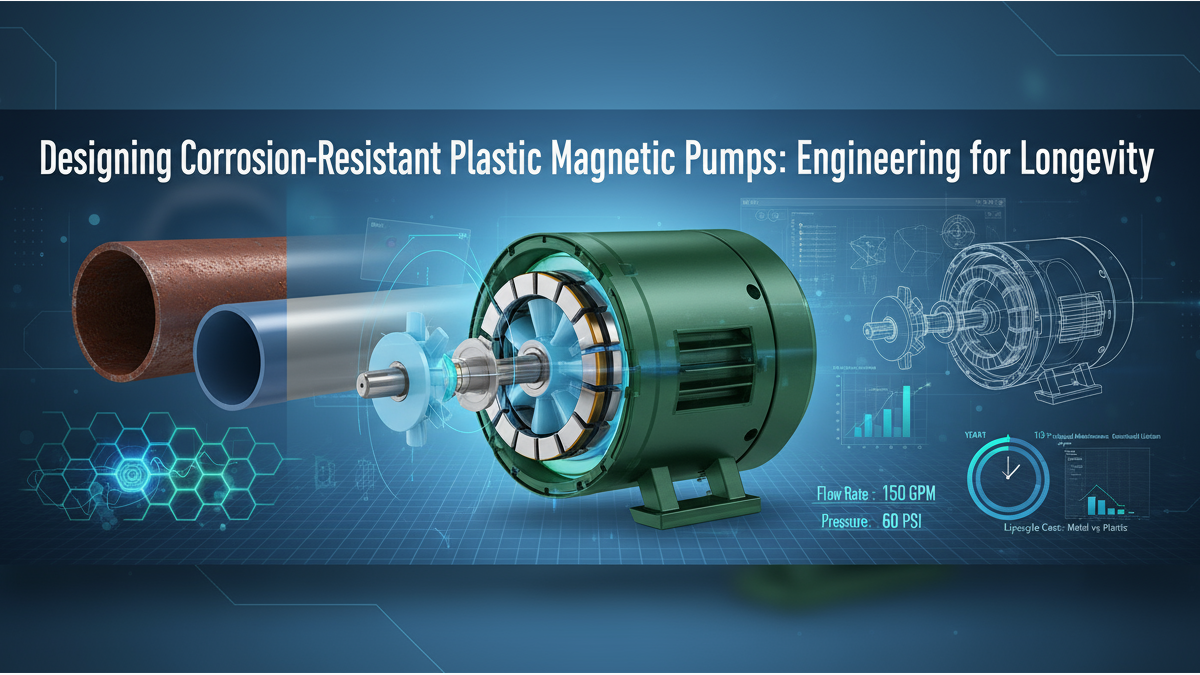Machine tools are the cornerstone of modern manufacturing, enabling precise cutting, forming, and machining of metals and other materials. During operation, these machines generate significant friction and cutting heat, which, without proper management, can lead to tool wear, workpiece deformation, and reduced machining accuracy. Lubrication and cooling systems are essential for mitigating these issues, with lubrication reducing friction and wear, and cooling dissipating heat to maintain thermal stability. Together, these systems enhance machining efficiency, extend equipment lifespan, and improve surface quality. Research indicates that effective lubrication and cooling can boost machining performance by up to 30%. This article explores the critical components—lubrication pumps, pipes, coolant pumps, and filters—while highlighting advanced techniques and future trends.
Machine Tool Lubrication System
The lubrication system forms a protective oil film between moving components, minimizing friction and preventing metal-to-metal contact. Its key components are the lubrication pump and pipes, with various lubrication methods enhancing performance.
1. Lubrication Pump
Function: The lubrication pump delivers lubricant to critical components such as spindles, ball screws, and linear guides, ensuring smooth operation.
Importance: By creating a thin oil film, the pump reduces friction and wear, protecting parts and lowering energy consumption. Proper lubrication can extend bearing life significantly, making it vital for high-precision machining, such as in CNC machining centers.
Types and Trends:
- Oil Lubrication: Regularly refreshed oil films protect high-speed bearings and guides, offering excellent lubricity, corrosion resistance, and cooling. Suitable for CNC machines using cutting oils or semi-synthetic lubricants.
- Air-Oil Lubrication: A small amount of oil is mixed with compressed air and sprayed as a mist, providing both lubrication and cooling. Ideal for high-speed spindles and precision machining, with systems like OilJet emphasizing efficiency and reduced oil consumption.
- Minimum Quantity Lubrication (MQL): Using minimal lubricant (a few milliliters per hour) applied via mist, MQL is eco-friendly, reducing waste and enabling internal tool cooling.
Advancements: Smart pumps with pressure and flow sensors enable real-time monitoring and IoT-based remote adjustments.
Maintenance: Regular maintenance is crucial to prevent oil contamination or system clogging, ensuring consistent performance and extended tool life.
2. Lubrication Pipes
Function: Lubrication pipes connect the pump to moving components, ensuring precise delivery of lubricant to targeted areas.
Characteristics: Pipes must withstand high pressure, wear, and chemical corrosion, typically made from stainless steel or reinforced plastic. Tight sealing is essential to prevent leaks, especially in high-speed or heavy-load environments.
Maintenance Focus: Pipes should be inspected quarterly for blockages or aging. Debris accumulation can obstruct flow, reducing lubrication effectiveness. Cleaning with high-pressure air or specialized agents helps maintain clear pipelines.
Machine Tool Cooling System
The cooling system removes heat generated during machining, preventing tool overheating and workpiece deformation. Its core components are the coolant pump and filters, with various cooling methods enhancing efficiency.
1. Coolant Pump
Function: The coolant pump delivers cutting fluid to the tool-workpiece interface, dissipating heat and flushing away chips to maintain a clean machining area.
Benefits: Effective cooling prevents tool failure due to overheating and minimizes thermal deformation of workpieces. For example, in CNC lathe operations, coolant can reduce tool temperatures by tens of degrees, improving machining quality and tool longevity.
Types and Trends:
- Flood Cooling: Large volumes of coolant are sprayed onto the cutting zone, providing robust cooling and chip removal. Ideal for heavy-duty machining, it requires recycling systems to manage waste fluid.
- Mist Cooling: Coolant is atomized into fine droplets, combining cooling and lubrication.
- Supercritical CO2 Cooling: Using supercritical carbon dioxide as a medium, this advanced technique provides superior cooling and lubrication, improving performance by up to 30%. It’s ideal for high-performance CNC machining.
- High-Pressure Cooling with Reduced Lubrication: High-pressure coolant targets specific areas, often combined with MQL to minimize fluid use. This is effective for grinding and drilling, as demonstrated by Fraunhofer IWU research.
Supply System: Automatic replenishment systems with sensors monitor fluid levels and concentration, ensuring uninterrupted circulation and reducing operator errors.
2. Coolant Filter / Lubrication Filter
Function: Filters remove metal chips, debris, or particles from coolant and lubricant, maintaining fluid cleanliness and system performance.
Importance: Unfiltered fluids can clog pipelines, reduce cooling and lubrication efficiency, and damage components. Effective filtration extends fluid lifespan and lowers waste disposal costs, ensuring consistent machining quality.
Technological Advances:
- Magnetic Filters: Capture metal chips using magnetic force, ideal for ferrous debris.
- Paper Band Filters: Suitable for high-flow coolant systems, effectively removing larger particles.
- Self-Cleaning Filters: Use backwashing to automatically clear debris, reducing maintenance frequency and enhancing efficiency.
Maintenance: Regular filter replacement or cleaning prevents blockages and maintains system performance, especially in high-precision applications.
Integration and Optimization of Lubrication and Cooling Systems
Lubrication and cooling systems are often integrated, as in MQL or air-oil systems, reducing environmental impact and enhancing efficiency. For robotic machine tools, optimized systems ensure thermal stability and friction control. Selecting appropriate fluids is critical. Water-based fluids excel in cooling, while oil-based prioritize lubrication.
Conclusion
Lubrication and cooling systems are the unsung guardians of machine tools, with lubrication pumps, pipes, coolant pumps, and filters working in tandem to ensure high efficiency and longevity. Advanced techniques like MQL, high-pressure cooling, and supercritical CO2 cooling enable sustainable manufacturing by minimizing waste and maximizing performance. Future trends point toward smarter, IoT-enabled monitoring, automated maintenance, and eco-friendly fluids. Manufacturers should select systems tailored to their applications and prioritize regular maintenance to maximize benefits, ensuring stable, high-quality production.









.png)



